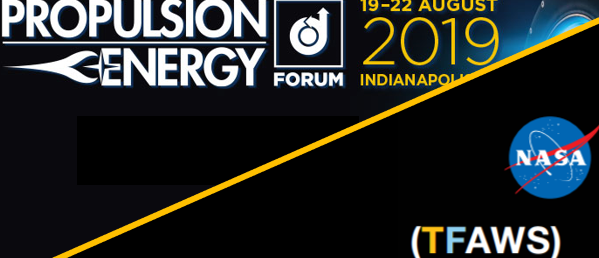[Events] – Learn more about rocket Engine modeling and simulation benefits

The space industry has evolved significantly in recent decades as evidenced by the many ambitious projects under consideration or emerging today. Among the challenges proposed, one could name the manned space flights in the thermosphere but also towards planets such as Mars, the recovery of launcher stages, or the use of additive manufacturing for the design of parts. To reach these goals, modeling and simulation means are more and more used and useful all along the development and lifecycle. It helps engineers in making and securing architectural choices early in the design cycle, but also in maturing the design all along the development cycle. It serves the development of controllers by providing a transient detailed model of the plant, thus supporting the validation and verification process.
During his live presentation at the Propulsion and Energy Forum and Exposition | AIAA,(19-22 August) Sylvain Pluchart will showcase a study that presents the modeling and simulation activities performed within the Simcenter Amesim platform for what concerns multi-domain system simulation. A first model of the engine is depicted, showing the complete expander cycle engine from tanks to the nozzle, including a detailed model of the regenerative circuit and therefore covering the two-phase flow transition of the cryogenic fluid. Both oxidizer and fuel feeding circuits are detailed, as well as actuators, pumps, turbine and mechanical transmission. Combustion chamber and associated chemical reactions are included. The engine transient performance results are compared to experimental results from firing tests rig.
A second model is built to simulate part of a launcher mission, including the detailed engine, flight dynamics and orbital heating. It extends the use of simulation to evaluate the impact of real mission conditions on the engine start- up.
This approach is applied on an existing launcher to illustrate the benefits of the integrated model. Further analyses are finally proposed, discussing how this integrated framework could be extended to conduct performance, stability and control studies.
One week late, on August 29, you can join Olivier Broca will attend the TFAWS at the NASA Langley Research Center (LaRC) for a live demonstration session of Simcenter Amesim.
You’re eager to know more about that topic, have a look at the success story of Mitsubishi Heavy Industry. If you wish to go even further in your practice, follow that step-by-step article How to assess the behavior of a rocket engine with Simcenter Amesim


